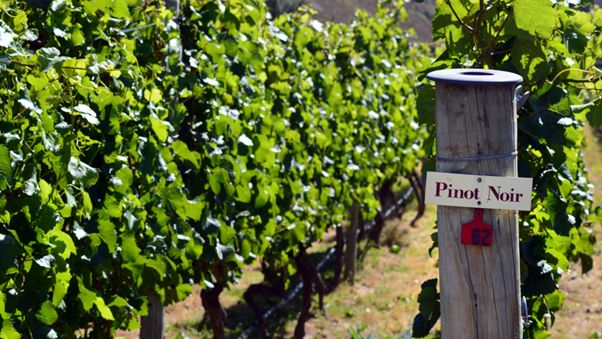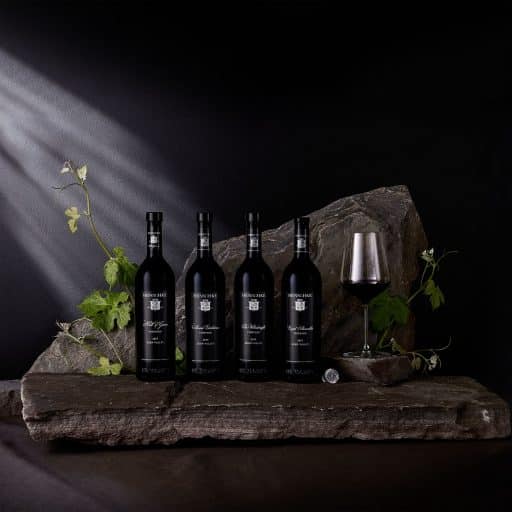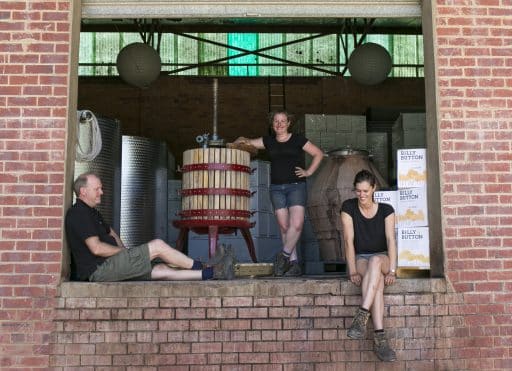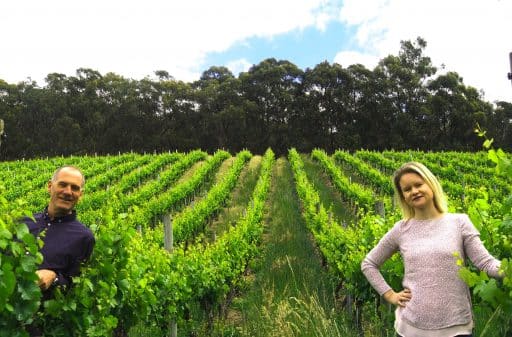by Lauren Conneely
Ready to embark on a wine adventure beyond your beloved Pinot Noir? We have sipped our way around the wine world and handpicked this list just for you – a Pinot Noir lover who is ready to take the road less travelled. So pack your bags and join us (no passport required).
Pinot Noir is a grape that has captured the hearts of wine lovers worldwide. We would hazard a guess you might have a few bottles in your fridge or under your stairs at this very moment. But don’t worry, you’re not alone. You’d be hard pressed to find a wine list, wine store or wine cellar that doesn’t include a bottle (or maybe more!).
There is a world of Pinot Noir to discover from Burgundy to California to New Zealand and beyond. If you’re happy to stay and play in Pinot Noir land, by all means please do. But if you’re thirsty to discover what else is out there and don’t know where to start, we have you covered.
We’ve created this list to help you broaden your horizons and navigate the exciting world of red wines that aren’t as well-known as Pinot Noir but are just as good. Who knows, you might even discover a new favourite!
Gamay (“ga-may”)
The first stop on our adventure is Gamay, the perfect alternative to Pinot Noir that is often overlooked in the wine world. Gamay is light, fresh and devilishly easy to drink. Each glass is bursting with flavours of ripe raspberries, juicy red cherries and earthy undertones similar to Pinot Noir.
Gamay is easily available from most wine stores and you’ll either find it labelled as Gamay or as the grape hiding behind the French wine Beaujolais (“bo-shjo-lay”). The French do like to keep us guessing which grape is in the bottle. The Beaujolais region is just south of Burgundy (the home of Pinot Noir) and its claim to fame is Gamay. There are three different levels of Beaujolais wines. As you move up the ranks, the wines increase in complexity, flavour and of course, price. If you’re looking for an easy-drinking wine, the AOC entry-level and Villages (“vi-laj”) wines will hit the mark but if you’re looking for a ‘thinking wine’, explore the 10 Crus of Beaujolais, each with their own style.
The wines from these more serious Crus, will have you checking the label to make sure you’re not drinking an expensive red Burgundy (and they offer exceptional value too!). But with 10 Crus to choose from, you might be wondering where to start? We recommend the royals. Moulin-à-Vent is known as the ‘The King of Beaujolais’ with its dense granite soils producing full-bodied and tannic wines that can age remarkably well. After a wine with a bit more elegance? Try the stunning wines from Fleurie. Known as ‘The Queen of Beaujolais’, the word Fleurie literally translates to flowers in French and the wines are pretty, vibrant and aromatic.
While France takes the lead as the largest Gamay producer, exceptional examples can also be found in Australia, New Zealand and the USA. Thankfully, these regions clearly label their wines as Gamay, so there’s no guesswork required.
So if you haven’t tried Gamay yet, head down to your local wine store and start exploring. Your taste buds can thank us later. Want to know what we think? Read some of our Winepilot reviews on Gamay.
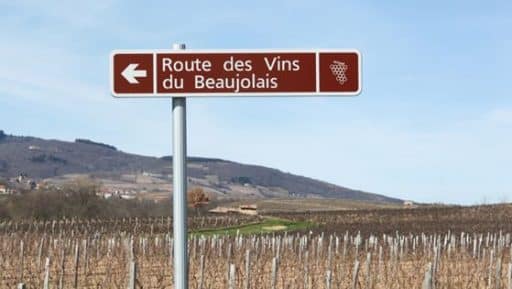
Pinot Meunier (“pee-no moon-yay”)
Ever heard of a grape called Pinot Meunier? You might not be familiar with its name, but if you’re a Champagne lover, chances are you’ve already enjoyed it without even realising it. Pinot Meunier is one of the three main grapes that make Champagne, alongside Pinot Noir and Chardonnay. But here’s the exciting part – this grape also produces an elegant still red wine that’s remarkably similar to Pinot Noir. Imagine a light, fresh wine full of flavours of cherries, raspberries, and strawberries, with subtle florals and spices. Pinot Meunier might just be France’s best kept secret.
While the Champagne region is its most famous home, Pinot Meunier has also set up shop in other parts of the world such as Australia, Germany, Canada and the USA. Fun fact: Australia boasts the world’s oldest Pinot Meunier vines, planted way back in 1868 at Best’s Great Western in Victoria. These vines survived the phylloxera outbreak that devastated European vineyards in the 1800s.
Now we’re not going to lie, this wine will be a little harder to find but once you do, we promise it will be worth your while. This is the road less travelled after all, so savour the journey on the way to your delicious destination. Want to know what we think? Read some of our Winepilot reviews on Pinot Meunier.

Dolcetto (“dol-chet-to”)
Our next wine will have you saying Bellissimo! (Italian accent optional). Meet Dolcetto, a delightful and delicious Italian grape. Despite its name, which means ‘little sweet one’, Dolcetto actually produces a light, dry red wine and is a favourite among Italian locals enjoying a long leisurely lunch. We think the locals might be onto something here!
Unlike Gamay and Pinot Meunier, a glass of Dolcetto will have darker fruit flavours like decadent black cherries, luscious blackberries and hints of liquorice. So if you appreciate Pinot Noir in a darker fruit style, then Dolcetto is the wine for you.
To try a world-class Dolcetto, head to its home in northwest Italy, specifically the Piedmont region. In this picturesque area, Dolcetto is the everyday wine of choice, offering exceptional value compared to its more renowned Piedmont companions like Nebbiolo and Barbera.
But the Dolcetto journey doesn’t end in Italy. It has also found success in California and Australia, where it thrives in a Mediterranean climate, filled with sunshine and ocean breezes.
We think Dolcetto is a perfect pizza wine, picnic wine or to be honest, any day that ends in ‘Y’ wine.
So take a little detour through Italy, pour yourself a glass of Dolcetto and enjoy la dolce vita – the sweet life. Want to know what we think? Read some of our Winepilot reviews on Dolcetto.
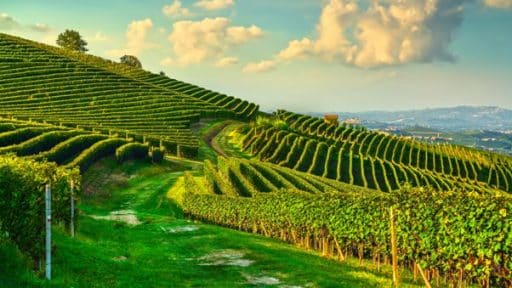
Nerello Mascalese (“neh-relloh mas-ka-leh-seh”)
Let’s hop on a vespa and venture south to the island of Sicily – land of The Godfather, volcanos and vines. Mount Etna is one of the world’s most active volcanoes which creates fertile mineral-rich soil, perfect for growing grapes. In fact, there are so many types of volcanic materials in the soil coming from Etna’s constant eruptions, that there are 133 single vineyards (called ‘Contrada’) which each have a unique soil type.
It’s on the slopes of this bubbling volcano that you will find the native Sicilian grape Nerello Mascalese, which produces wines often compared to Pinot Noir. We guarantee you’ll be captivated by the elegance and balance of Nerello Mascalese – a wine with flavours of juicy red berries, delicate aromas of roses and a distinct minerality that comes from the unique volcanic soil.
The grape’s journey beyond Sicily is just beginning, with only a scattering of plantings in Australia, Switzerland and Germany. However, its exceptional character has caught the attention of winemakers and wine lovers worldwide, sparking a newfound interest in this remarkable grape.
When seeking out Nerello Mascalese, you’ll come across wines labelled “Etna Rosso” meaning “Etna Red”. These wines contain at least 80% Nerello Mascalese, with the remainder composed of another Sicilian grape called Nerello Cappuccio. These captivating wines have solidly placed the region of Etna on the map as a premium wine region, showcasing the allure of this intriguing Sicilian grape.
While we admit that pronouncing Nerello Mascalese may be a bit of a mouthful at first, it’s definitely worth practising a few times in the mirror and then giving it a go. It’s all part of the adventure and we’re excited to be on this journey with you. Want to know what we think? Read some of our Winepilot reviews on Nerello Mascalese.
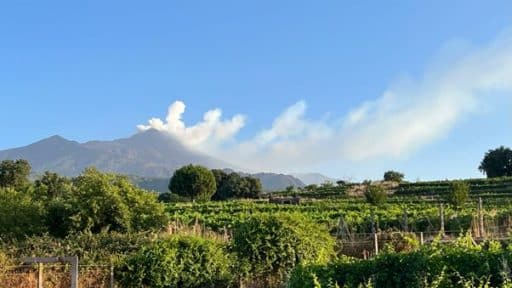
Mencia (“men-thee-ah”)
Let’s wrap up our adventure in sunny Spain, where we’ll discover the local grape Mencia. Whether you prefer the traditional pronunciation ‘men-thee-ah’ or the more commonly used ‘men-see-ah,’ this grape offers a perfect alternative to Pinot Noir. This rustic red is full of crunchy red fruits like sour cherries and raspberries, along with subtle aromas of violets. One glass will definitely leave you wanting more…and possibly craving tapas. Patatas Bravas anyone?
While Mencia finds its home in the northwest of Spain, it’s also making waves in Portugal and even emerging in regions like Australia. This versatile grape is gaining attention from red wine drinkers around the globe, as its popularity continues to soar.
Mencia is also an excellent choice for wine enthusiasts wanting to explore Spanish varieties beyond the well-known Tempranillo and Garnacha, providing a doorway to a whole new world of flavours.
So next time you’re in the mood for a lively and easy drinking red, reach for a bottle of Mencia. Trust us, each sip will transport you to the vibrant vineyards of Spain. Want to know what we think? Read some of our Winepilot reviews on Mencia.
It’s time to say au revoir, arrivederci and adiós as we come to the end of our trip around some of the world’s lesser-known red wines. Each grape variety we’ve explored expresses its own unique history, terroir and flavour profile that can rival, and sometimes even surpass, the beloved Pinot Noir. The world of wine is vast and constantly evolving, with old classics to treasure and new discoveries to be made.
So which wine will be first as you take the road less travelled? Dare to try something a bit different – who knows, you might discover a hidden gem that rivals your love for Pinot Noir (better make some room under the stairs). Enjoy your travels and happy tasting!

